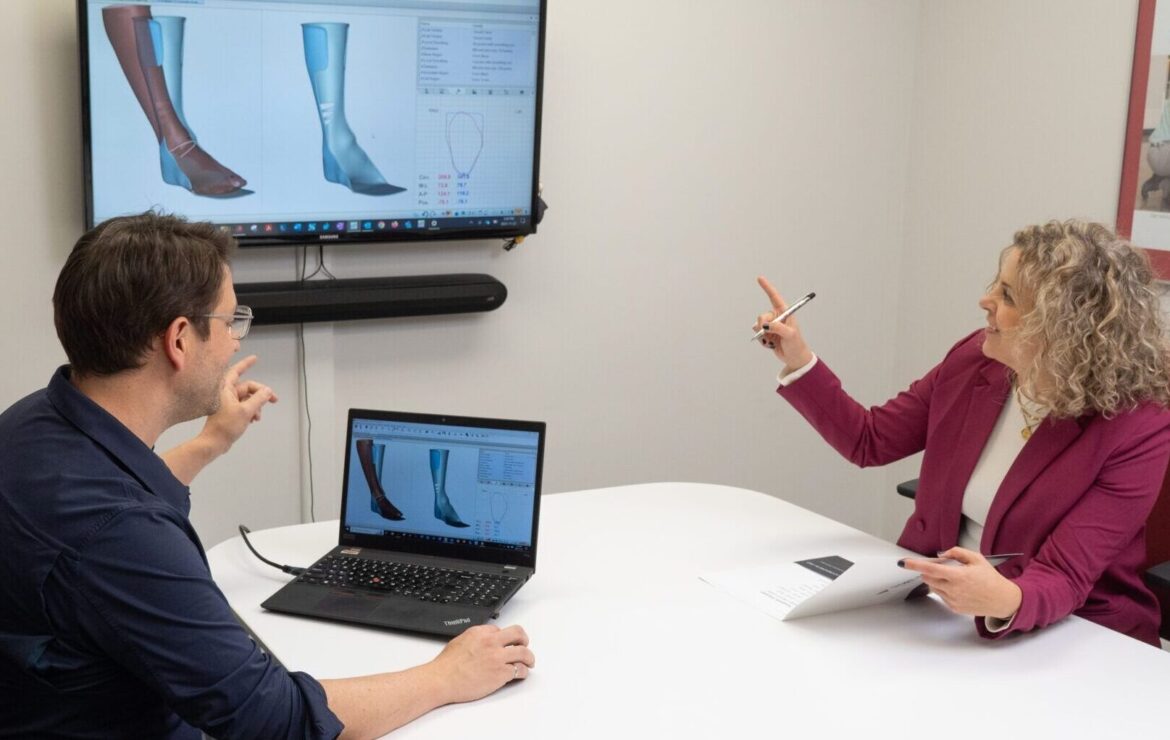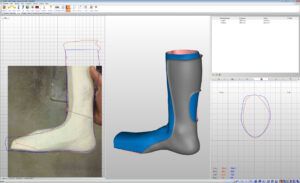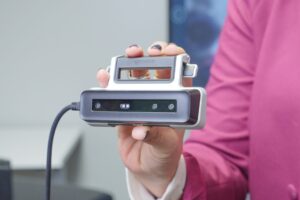Orthotics and Prosthetics, what’s the difference?

Although there is often confusion, it’s essential to recognize that orthotics and prosthetics are two clearly separate device categories. Each can be distinguished by unique designs and functions.
While a specialist can swiftly distinguish whether a patient requires a prosthetic or orthotic device, patients may have different levels of knowledge or comprehension.
Orthotics:
Orthotics are medical devices designed to provide support, correct alignment, decrease inflammation, and improve the function of various parts of a person’s body. They are primarily the feet, ankles, knees, hips, and spine.
They can be custom-made or off-the-shelf and are often prescribed by a healthcare professional.
An orthotic is a custom-made or prefabricated device that is designed to provide support, alignment, or correction to various parts of the body, typically the musculoskeletal system. They can be used in multiple areas of the body, like the spine or limbs, to provide support, stability, and alleviate pain or discomfort.
Prosthetics:
A prosthetic device, is an artificial or mechanical device designed to replace or augment a missing or impaired body part. These devices are used to restore function, improve mobility, and enhance quality of life. Prosthetic devices can be customized to match the appearance and function of the missing body part and can range from simple designs to highly advanced and technologically sophisticated devices, such as robotic limbs.
Prosthetic devices find application in diverse scenarios, including limb loss resulting from accidents, medical conditions, or congenital factors. As technology and materials continue to evolve, prosthetic devices are becoming increasingly advanced.
Similarities between orthotics and prosthetics
- Orthotics and prosthetics serve as medical tools intended to enhance the mobility and quality of life for individuals facing physical limitations or impairments.
- Orthotics and prosthetics can profoundly influence an individual’s quality of life.
- Proper fitting, adjustment, and regular maintenance are essential for ensuring these devices deliver optimal function and comfort.
- Customization is a key feature both orthotic and prosthetic devices are tailored to fit an individual’s body, prioritizing comfort and optimal functionality.
 Vorum and the Orthotics and Prosthetics industry:
Vorum and the Orthotics and Prosthetics industry:
Vorum has been the global leader in prosthetics and orthotics CAD/CAM technology for over 30 years. Modern Computer-aided Design and Manufacturing (CAD/CAM) replaces plasterwork with a digital solution that is much faster, more accurate, more pleasant for patients, and safer for clinicians.
There are four steps in Vorum’s End-to-End solution:
1. Scan your patient’s shape
Non-contact 3D optical scanners, such as the Luma and Spectra scanner, capture your patient’s shape much faster and more accurately than plaster casts – without mess and discomfort.
2. Modify the form
Computer-based 3D design software tools, such as Canfit, let you quickly apply anatomical corrections to the scanned shape to create the desired form.
3. Fabrication
A high speed carver automatically machines an accurate, lightweight foam mold, or a 3D printer fabricates the device directly.
4. SurePath to Success
Vorum works with you to help you to achieve your business goals.




 Vorum and the Orthotics and Prosthetics industry:
Vorum and the Orthotics and Prosthetics industry: 


